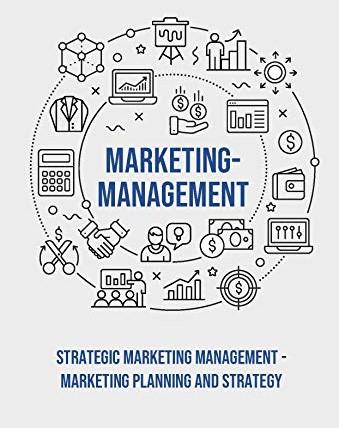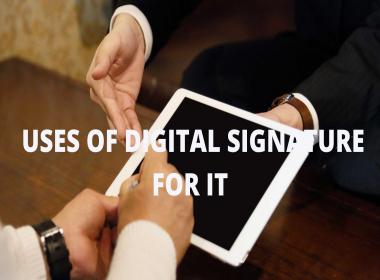
A firm that took steps to change or adjust a significant component of its organization is called organizational change. It could be something as simple as company culture, internal processes, underlying technology or infrastructure, corporate hierarchy, or another important component.
Organizational Strategic Change can be either adaptive or transformational Adaptive modifications are minor, incremental changes that a company does over time to improve its goods, processes, workflows, and strategy. Adaptive modifications include hiring a new team member to fulfill rising demand or implementing a new work-from-home policy to attract more competent job seekers.
Transformational changes are greater in scale and scope, and they often constitute a drastic and unexpected break from the status quo. Launching a new product or business division and the choice to grow globally are examples of transformative change.
5 STEPS IN THE STRATEGIC CHANGE MANAGEMENT PROCESS
Strategic change management is the process that guides organizational change through its various stages, beginning with conception and planning and ending with a resolution.
Get The Company Ready For Change
A company must be both logistically and culturally prepared to seek and implement change successfully. Cultural preparation is essential before diving into logistics.
The manager concentrates on aiding employees in recognizing and grasping the need for change throughout the preparatory phase. They serve as change agents and create dissatisfaction with the status quo by raising awareness of the numerous issues or problems that the company faces. Getting early buy-in from employees who will help with the change can help to decrease friction and resistance later on.
Create a Change Vision and Plan
Managers must design a comprehensive and realistic plan for implementing change when an organization is ready to embrace it. The strategy should incorporate the following elements:
Strategic goals include
What are the goals that this adjustment will help the organization achieve?
Performance metrics
How will success be measured? What are the measurements that need to be relocated? What is the beginning point for things as they are now?
Project stakeholders and team members:
- Who will be in charge of managing the process of change implementation?
- Who must sign off at each important stage?
- Who will be in charge of putting the plan into action?
Project scope:
- What specific activities and actions will be included in the project? What falls outside the scope of the project?
- The plan should also account for any unknowns or bottlenecks during the implementation phase that facilitates agility and flexibility to overcome.
Put the Changes into Action
After you've created the plan, all left is to carry out the tasks outlined to make the necessary changes. Whether or not this includes modifications to the company's structure, strategy, processes, procedures, staff habits, or other components will depend on the nature of the program. Change managers must focus on enabling their employees to take the necessary steps to accomplish the initiative's objectives throughout the implementation phase. They should also endeavor to anticipate possible bottlenecks and, once identified, eliminate, remove, or decrease them. It is critical to repeatedly convey the organization's vision during the implementation phase to remind team members why change is being implemented.
Integrate Changes into Company Culture and Practices
After the change effort is completed, change managers must avoid regression to the former state or status quo. It is especially true regarding procedures, workflows, culture, and strategy in a business. If a suitable plan of action is not in place, especially during the transition period, employees may revert to the "old way" of doing things. By embedding improvements into the company's culture and practices, backsliding is made more difficult. Strategic change management tools such as new organizational structures, controls, and reward systems should all be considered instruments to help change stick.
Evaluate and Analyze Results
The conclusion of a change endeavor does not mean that it was a success. Conducting a "project post mortem" or analysis and review may help company management determine if a change endeavor was a success, a failure, or a mixed bag. It can also give valuable information and lessons that can be applied to future transformation efforts. Think about the following issues: Were the project's goals met? Is it possible to replicate this success elsewhere if this is the case? If not, what went wrong
MANAGING CHANGE EFFECTIVELY
While no two change initiatives are alike, they usually follow a similar approach. Therefore, managers and corporate leaders must properly understand the stages needed to manage change effectively. Other suggestions for managing organizational change include asking yourself questions such as:
- Are you aware of the factors that influence change? Without this understanding, addressing the underlying issues that have necessitated change might be challenging, restricting your ability to succeed.
- Do you have a plan in place? Without a solid plan and defined strategy, it may be impossible to see a change project through to completion.
- What method will you use to communicate? Successful change management necessitates effective communication with both team members and key stakeholders. Therefore, it's critical to establish a communication plan that takes this into account.
- Have you discovered any potential stumbling blocks? While it is hard to forecast everything that could go wrong with a project, taking the effort to anticipate potential roadblocks and design mitigation techniques before you begin is generally a smart idea.
Also read about:
How To Apply For A Two Wheeler Loan Online
List of Ongoing Scholarships in the United States
DISTINCTION BETWEEN FSSAI REGISTRATION AND FSSAI LICENSE








